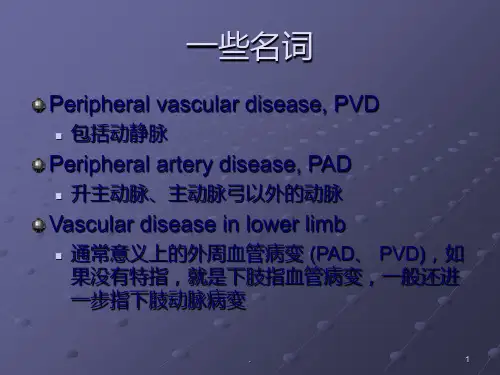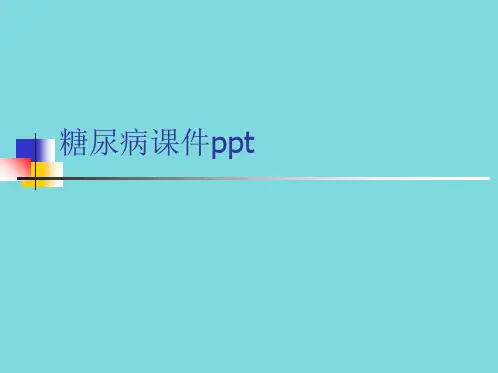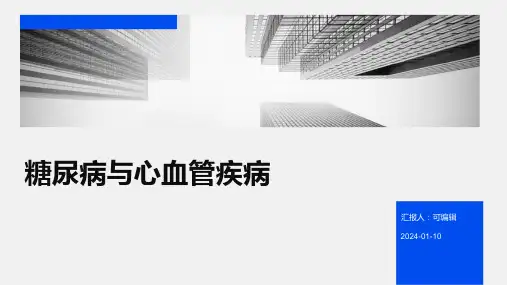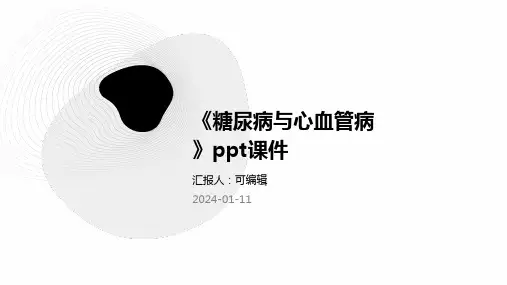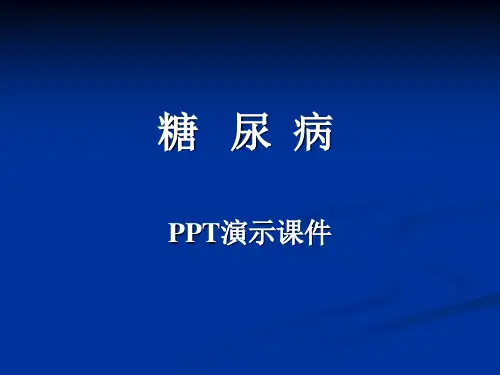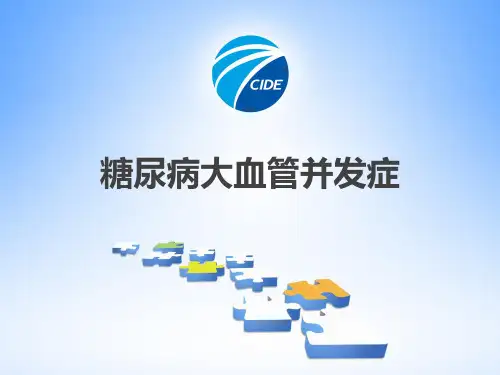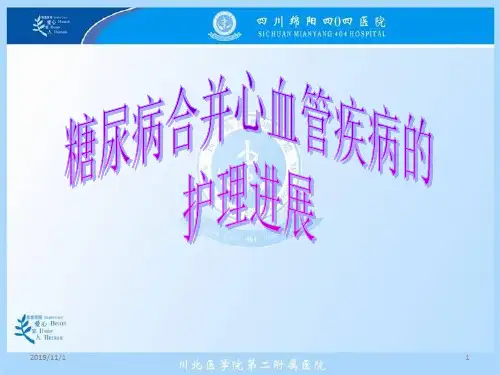*
.
ABI
Diabetes
*
.
脉搏波
*
.
多普勒血管超声
*
.
CTA
CTA
*
.
MRA
*
.
经导管血管造影
.
*
经皮氧分压
ABI、Dupplex、CTA、MRA和经导管动脉造影不能反映动脉慢性闭塞后末梢血供情况 反映末梢血供的指标 足趾绝对收缩压 末梢氧饱和度 经皮氧分压 皮温
TABLE 非侵入性血管检查
*
.
Revascularization的反指征
缺乏目标血管 没有合适可用的大隐静脉 足中后部出现不可逆性坏疽 这些情况血运重建可能达不到预期治疗效果。这些患者治疗应该选择内科药物治疗和大截肢
*
.
Revascularization
血管腔内介入主要用于血管病变比较局限,特别的近端大血管狭窄 现代导管、支架和球囊技术的发展,已经使血管内介入可以做到小腿动脉,球囊扩张甚至可以做到足背动脉 血管搭桥手术适应所有需要血运重建的情况并且维持疗效时间长于血管内介入
85*
27.56
60*
49.19
66.67**
0
20
40
60
80
100
脑梗死 冠心病 主动脉钙化 颈动脉内膜斑块
ABI>0.9 ABI<0.9
* P<0.01
** P<0.05
患病率 (%)
*
*
.
治疗症状性 PAD
康复训练 Programs call for at least 3 months of intermittent treadmill walking three times per week. Exercise therapy has minimal associated morbidity and is likely to improve the cardiovascular risk factor profile 内科药物治疗 Pentoxifylline: The results of postapproval trials, found that it does not increase walking distance to a clinically meaningful extent. Cilostazol: The use of this drug is contraindicated if any degree of heart failure is present due to concerns about arrhythmias Others 预防性足护理 All patients with diabetes and PAD should receive preventive foot care with regular supervision to minimize the risks of developing foot complications and limb loss
